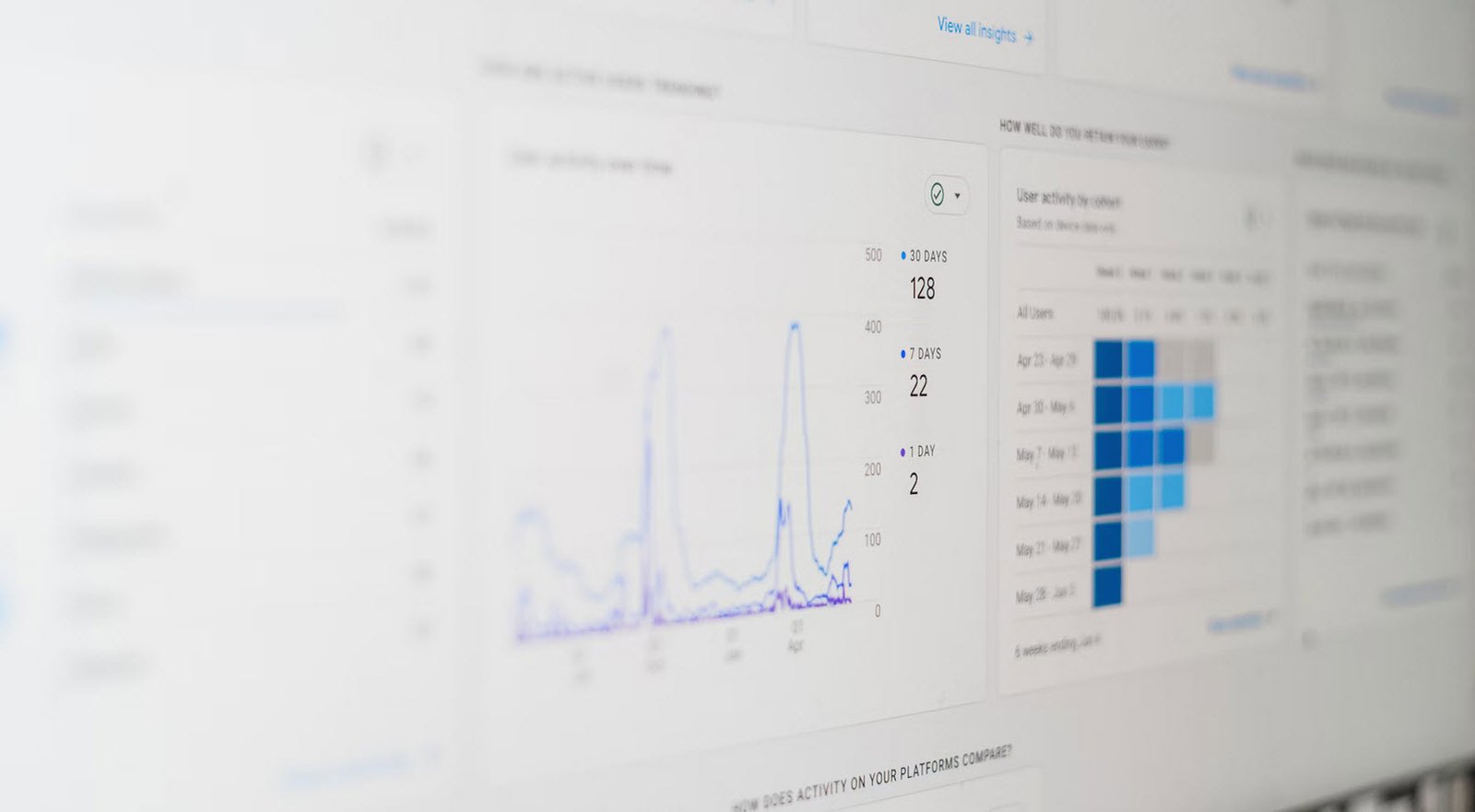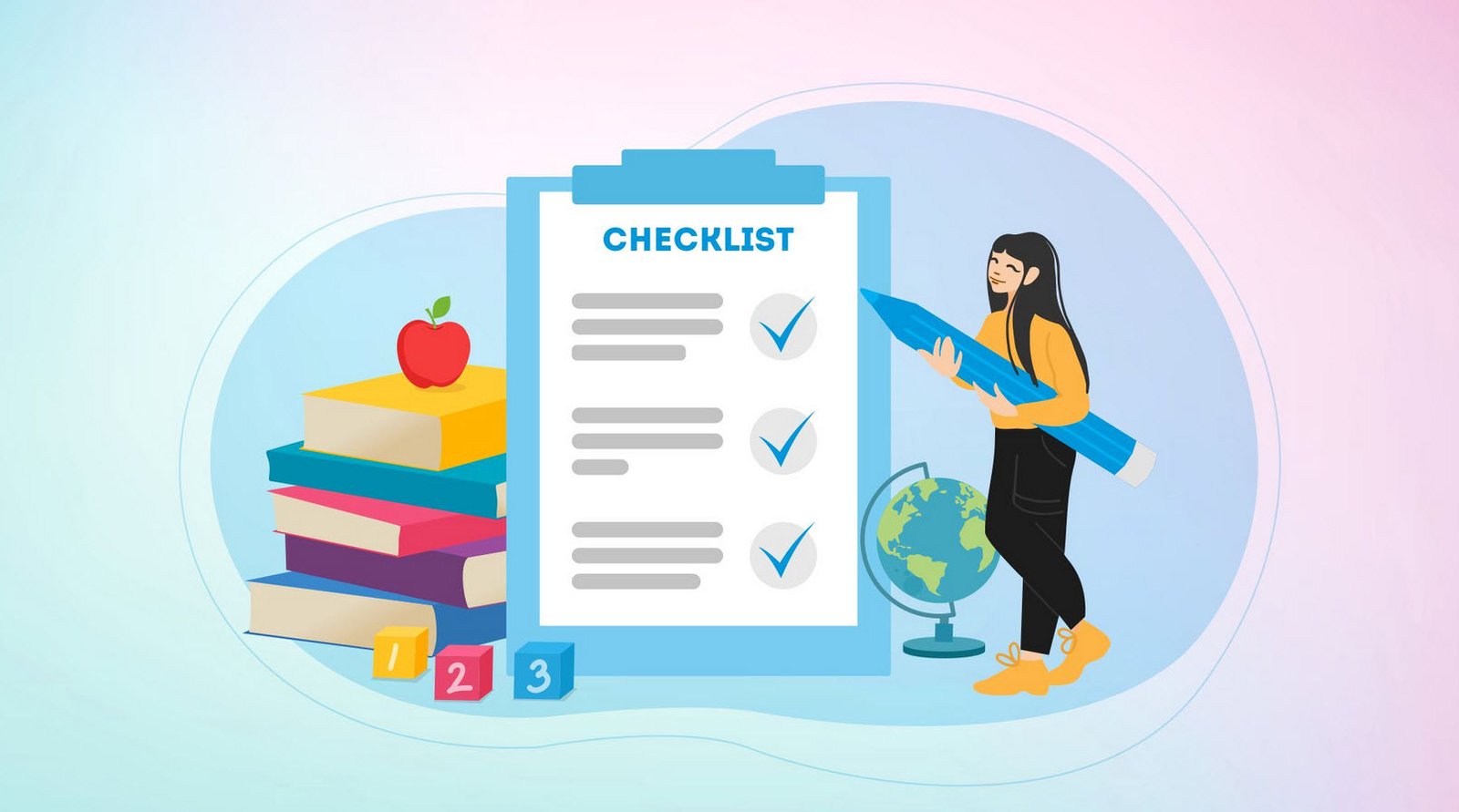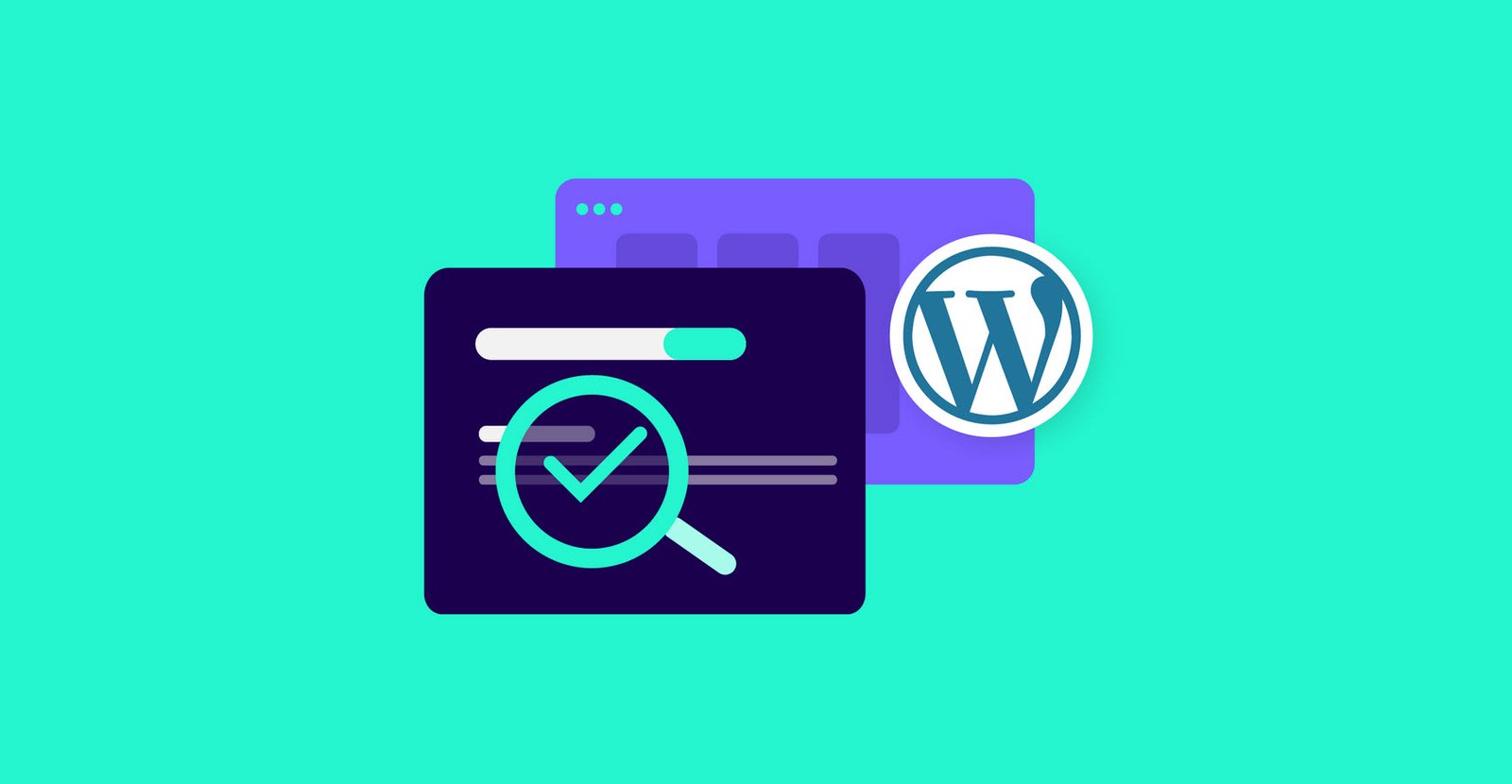
Search Engine Optimization (SEO) is an essential component of digital marketing, which involves various strategies and techniques to improve a website’s ranking on search engine result pages (SERP). One crucial aspect of SEO is the proper use of meta tags, which provide search engines with relevant information about the website’s content.
In this article, we will discuss the list of important SEO meta tags with examples to help you optimize your website for search engines.
1. Title Tag:
The title tag is the most crucial meta tag for SEO. It appears at the top of the browser’s window and is used as the clickable link in the SERP. A well-optimized title tag can improve click-through rates (CTR) and provide a brief summary of the website’s content. It should include relevant keywords and be less than 60 characters to avoid truncation.
Example: <title> Best Pizza Delivery in India - Pizza Mania</title>2. Meta Description:
The meta description is a brief summary of the webpage’s content and appears below the title tag in the SERP. It should be less than 160 characters and provide relevant information to entice users to click on the link. The meta description should include the primary keyword and a call to action (CTA) to encourage users to visit the website.
Example: <meta name="description" content="Looking for the best pizza delivery in India? Visit Pizza Mania for fresh and delicious pizza with fast delivery. Order now and get a discount!">3. Meta Keywords:
Meta keywords are a list of relevant keywords that describe the website’s content. However, search engines no longer consider this meta tag as a ranking factor due to keyword stuffing. It is still recommended to include relevant keywords in the meta description and title tag for SEO purposes.
Example: <meta name="keywords" content="pizza delivery, India, Pizza Mania, discount">4. Canonical Tag:
The canonical tag is used to indicate the preferred version of the webpage when multiple versions of the same content exist. It helps to avoid duplicate content issues and consolidates the link equity of different versions into one page. It is recommended to use the canonical tag for pages with similar or identical content.
Example: <link rel="canonical" href="https://example.com/menu/pizza">5. Robots Meta Tag:
The robots meta tag provides instructions to search engine crawlers on how to index and follow the website’s content. It can be used to block search engine crawlers from indexing specific pages or entire websites. It is recommended to use the robots meta tag to improve crawl efficiency and prevent indexing of duplicate or low-quality content.
Example: <meta name="robots" content="index, follow">6. Open Graph Meta Tags:
Open Graph meta tags are used to optimize the website’s appearance on social media platforms when the link is shared. It provides a preview of the webpage’s content and can increase engagement and traffic. The Open Graph meta tags include og:title, og:description, og:image, and og:url.
Example: <meta property="og:title" content="Best Pizza Delivery in India - Pizza Mania" />
<meta property="og:description" content="Looking for the best pizza delivery in India? Visit Pizza Mania for fresh and delicious pizza with fast delivery. Order now and get a discount!" />
<meta property="og:image" content="https://example.com/images/pizza.jpg" />
<meta property="og:url" content="https://example.com" />7. Twitter Meta Tags:
Twitter meta tags are similar to Open Graph meta tags, but they are used specifically for Twitter. These meta tags provide a preview of the webpage’s content when the link is shared on Twitter.
The Twitter meta tags include the following:
- Twitter:title: This tag specifies the title of the content to be displayed on Twitter. It should be less than 70 characters.
- Twitter:description: This tag specifies the description of the content to be displayed on Twitter. It should be less than 200 characters.
- Twitter:image: This tag specifies the image to be displayed on Twitter. The image should be at least 120 pixels wide by 120 pixels tall and less than 5MB in size.
- Twitter:url: This tag specifies the URL of the content to be displayed on Twitter.
Using Twitter meta tags can help to improve the appearance and engagement of your website on Twitter. When a user shares a link from your website on Twitter, the Twitter meta tags provide a preview of the content, including the title, description, and image, which can encourage users to click on the link and visit your website. By including optimized Twitter meta tags, you can improve the visibility and traffic of your website from Twitter.
8. Author Meta Tag:
The author meta tag is used to indicate the author of the webpage’s content. It can be used to establish credibility and improve trust with users and search engines. The author meta tag includes the author’s name and a link to their author page.
Example: <meta name=”author” content=”John Smith”>
<link rel="author" href="https://example.com/authors/alex-martin">9. Viewport Meta Tag:
The viewport meta tag is used to optimize the website’s appearance on mobile devices. It specifies the viewport’s size and scale to ensure that the website is displayed correctly on different screen sizes. It can improve the user experience and reduce bounce rates on mobile devices.
Example: <meta name="viewport" content="width=device-width, initial-scale=1.0">10. Content-Type Meta Tag:
The content-type meta tag specifies the character encoding used on the webpage. It helps to ensure that the webpage’s content is displayed correctly and improves the user experience. The content-type meta tag should be included in the head section of the webpage.
Example: <meta http-equiv="Content-Type" content="text/html; charset=utf-8">In conclusion, meta tags are an essential component of SEO and can improve the website’s ranking, visibility, and user experience. It is important to use relevant and optimized meta tags on every webpage of your website to ensure that search engines can crawl and index your content correctly.
By following the list of important SEO meta tags with examples discussed in this article, you can optimize your website for search engines and improve your online presence.
You may also like:- Top 10 SEO Key Metrics You Should Measure
- 25 Best Niches for Different Types of SEO Businesses
- Top 19+ Technical SEO Checklist for 2024
- Top 10 SEO Score Checker Tools in 2024
- 7 Essential Factors to Rank in the Top 3 Spots of Google
- Best WordPress SEO Plugins for Enhanced Website Rankings in 2024
- OpenAI and Microsoft’s $100 Billion AI Data Center – A New Era in Artificial Intelligence
- SEO ChatGPT Prompts – Save Time & Rank Better
- [March 2024] Google SEO Updates You Need to Know
- Want Image SEO? Here is the Guide








